
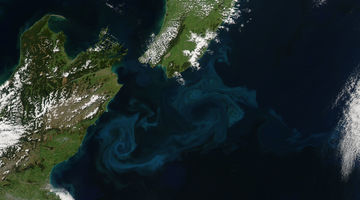
Throughout human existence we have relied on the oceans – for food, as a waste dump, for recreation, for economic opportunities and so on. However, it’s not only our activities in the marine ...
READ MORE
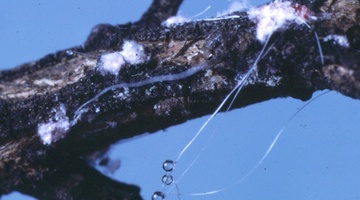
Our native forests – ngahere – have complex ecosystems. Within the wider ecosystems are smaller ecosystems, such as the one formed around honeydew. Honeydew is a sweet, sticky substance produced ...
READ MORE

Resource management identifies the natural environment as a resource that needs to be protected and restored. New Zealand’s native biodiversity is unique. The high percentage of species found ...
READ MORE
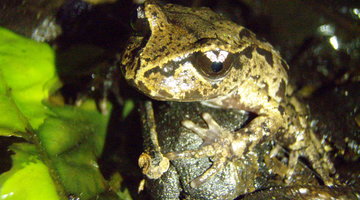
In this activity, students take on the role of a native frog, native bird or introduced mammalian predator and participate in a physically active simulation. The activity highlights different ...
READ MORE
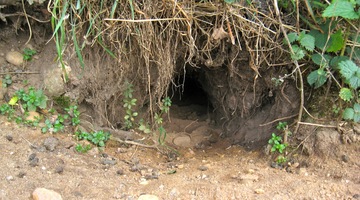
In this activity, students consider the effects of the release of the rabbit haemorrhagic disease virus as a biological control in Otago. By the end of this activity, students should be able to ...
READ MORE
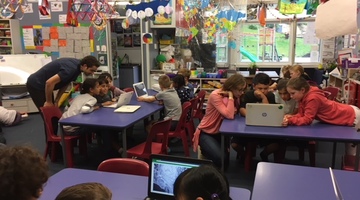
This unit plan shows how teacher Carol Brieseman used the online citizen science (OCS) project Identify New Zealand Animals to offer her students another way of developing their understanding ...
READ MORE
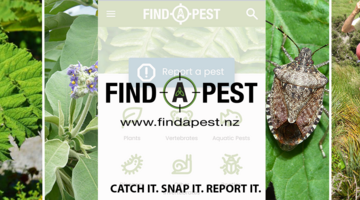
The free Find-A-Pest app makes it easy to report and identify possible pest species. Wherever you are, you can help protect Aotearoa New Zealand’s primary industries and native species in two ...
READ MORE
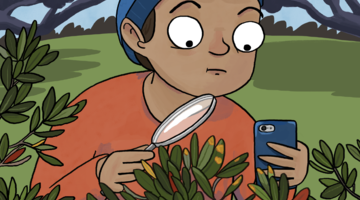
Myrtle rust is a serious biosecurity threat, and help is needed to monitor its spread. This citizen science project aims to gather information on the location, hosts and intensity of this fungal ...
READ MORE
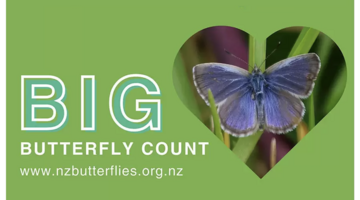
This New Zealand-based citizen science project collects data about butterflies in our gardens, schools, parks and farms – any location in the country or on the outer islands. This annual event – ...
READ MORE
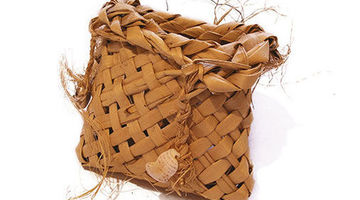
In this recorded professional learning session Tame Malcolm (Kaimahi Matua at Te Tira Whakamātaki) and Greta Dromgool from the Science Learning Hub explore kaitiakitanga. Many of us are familiar ...
READ MORE

Aotearoa New Zealand is fortunate to have a huge diversity of marine habitats and an extensive coastline – about 15,000 km in length! More than 75% of the population lives within 10 km of the ...
READ MORE

To most of us, one earthworm resembles another. Although earthworms do have common characteristics, species differ widely in their size, skin colour and in the roles they play in the soil ...
READ MORE
Dr Miles Lamare, from the University of Otago, has always been fascinated by biology. In this video, he talks about becoming a marine scientist and some of his experiences working in amazing ...
READ MORE
In this video, Associate Professor Abby Smith, from the University of Otago, talks about what we can do to help reduce ocean acidification. Point of interest Make links to other initiatives to ...
READ MORE
Our native forests – ngahere – have complex ecosystems. These ecosystems are under threat from introduced wasp species. In this episode of Project Mātauranga, Associate Professor Jacqueline Beggs ...
READ MORE
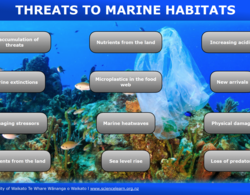
Human actions at sea and on land are putting increasing pressure on the ocean and the species that live there.
READ MORE

This slideshow, from the webinar Kaitiakitanga with Tame Malcolm, provides additional support for the video tutorial. Use the Slideshow menu for further options, including view full screen, and ...
READ MORE

The marine environment of the Auckland Islands in the New Zealand Subantarctic Islands group is home to a diverse range of species. Use this interactive image to learn about this diverse ...
READ MORE